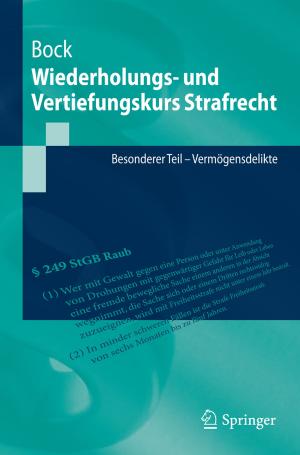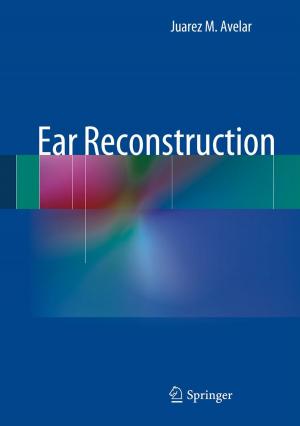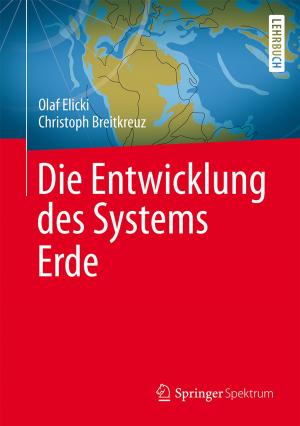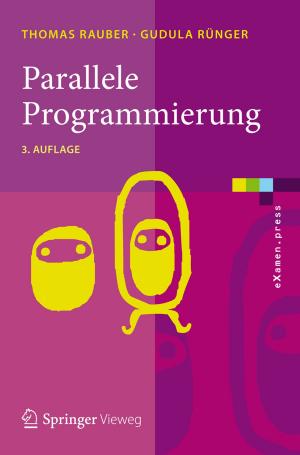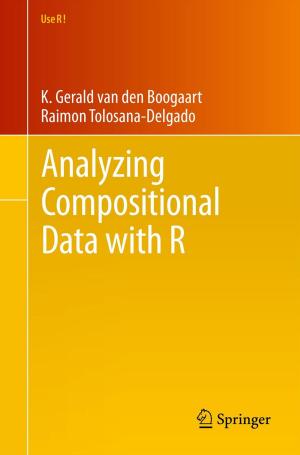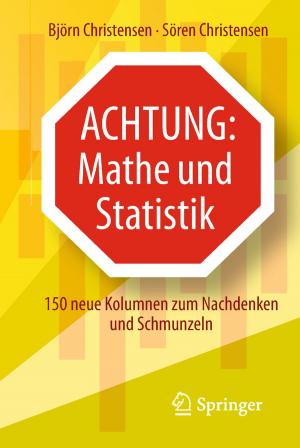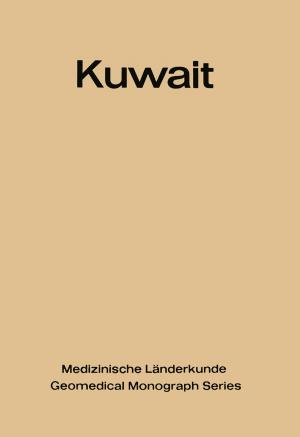From Gravity to Thermal Gauge Theories: The AdS/CFT Correspondence
Nonfiction, Science & Nature, Science, Physics, Nuclear Physics, Quantum Theory| Author: | ISBN: | 9783642048647 | |
| Publisher: | Springer Berlin Heidelberg | Publication: | March 27, 2011 |
| Imprint: | Springer | Language: | English |
| Author: | |
| ISBN: | 9783642048647 |
| Publisher: | Springer Berlin Heidelberg |
| Publication: | March 27, 2011 |
| Imprint: | Springer |
| Language: | English |
The AdS/CFT correspondence is a powerful tool in studying strongly coupled phenomena in gauge field theories, using results from a weakly coupled gravity background studied in the realm of string theory. AdS/CFT was first successfully applied to the study of phenomena such as the quark-gluon plasma produced in heavy ions collisions. Soon it was realized that its applicability can be extended, in a more phenomenological approach, to condensed matter systems and to systems described by fluid dynamics.
The set of tutorial reviews in this volume is intended as an introduction to and survey of the principle of the AdS/CFT correspondence in its field/string theoretic formulation, its applicability to holographic QCD and to heavy ions collisions, and to give a first account of processes in fluid dynamics and condensed matter physics, which can be studied with the use of this principle.
Written by leading researchers in the field and cast into the form of a high-level but approachable multi-author textbook, this volume will be of benefit to all postgraduate students, and newcomers from neighboring disciplines wishing to find a comprehensive guide for their future research.
The AdS/CFT correspondence is a powerful tool in studying strongly coupled phenomena in gauge field theories, using results from a weakly coupled gravity background studied in the realm of string theory. AdS/CFT was first successfully applied to the study of phenomena such as the quark-gluon plasma produced in heavy ions collisions. Soon it was realized that its applicability can be extended, in a more phenomenological approach, to condensed matter systems and to systems described by fluid dynamics.
The set of tutorial reviews in this volume is intended as an introduction to and survey of the principle of the AdS/CFT correspondence in its field/string theoretic formulation, its applicability to holographic QCD and to heavy ions collisions, and to give a first account of processes in fluid dynamics and condensed matter physics, which can be studied with the use of this principle.
Written by leading researchers in the field and cast into the form of a high-level but approachable multi-author textbook, this volume will be of benefit to all postgraduate students, and newcomers from neighboring disciplines wishing to find a comprehensive guide for their future research.




